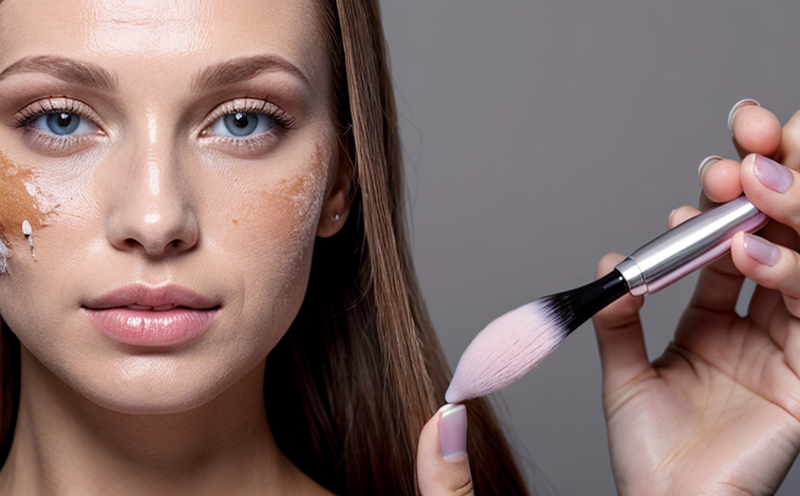Migration Limit Testing in Cosmetic Packaging (EU and FDA)
In recent years, there has been a growing emphasis on ensuring consumer safety across various sectors, particularly within cosmetics. Regulatory bodies like the European Union and the U.S. Food and Drug Administration have implemented stringent regulations to address potential health risks from chemical migrations into cosmetic products due to packaging materials.
The primary concern is the transfer of harmful substances such as phthalates, bisphenol A (BPA), and other potentially hazardous compounds from the container or closure system into the product. This can occur through prolonged contact with liquids, creams, lotions, or gels used in cosmetics. Regulatory limits are set to ensure that these levels do not exceed safe thresholds established by health authorities.
The European Union's Cosmetics Regulation (EC 1272/2006) and the U.S. FDA's Good Manufacturing Practices mandate compliance with migration testing for all cosmetic products sold within their respective jurisdictions. The EU specifically outlines detailed requirements in Annex II, Part III of its regulation.
To perform this test effectively, laboratories must adhere to international standards such as ISO 15075-2:2006 and ASTM E2348-14a for the extraction process using appropriate solvents like ethanol or methanol. Extracted samples are then analyzed via high-performance liquid chromatography (HPLC) or gas chromatography-mass spectrometry (GC-MS).
The testing procedure involves preparing a representative sample of the packaging material, exposing it to the relevant cosmetic product for a specified duration, and subsequently extracting any potentially transferred chemicals. These extracted compounds are identified and quantified against predefined limits provided by regulatory bodies.
Accurate documentation is crucial throughout this process; therefore, comprehensive records should be maintained regarding specimen preparation methods, exposure conditions, extraction techniques, analytical methodologies employed, and resulting measurements reported. Compliance with both EU and FDA requirements ensures that manufacturers can confidently market their products while protecting end-users from potential health hazards.
| Regulatory Body | Methodology | Exposure Time | Extracting Solvent | Detection Limits |
|---|---|---|---|---|
| EU | ISO 15075-2:2006 | 30 days | Methanol | Not specified; varies by compound |
| FDA | ASTM E2348-14a | 60 days | Ethanol | Not specified; varies by compound |
The importance of accurate and consistent testing cannot be overstated. Non-compliance can lead to product recalls, reputational damage, legal action, and even bans on affected products from sale within these markets.
Industry Applications
- Cosmetic manufacturers seeking certification under EU regulations
- Companies developing new packaging solutions for FDA compliance
- R&D teams innovating safer alternatives to traditional materials
- Procurement departments ensuring supplier adherence to international standards
The application of migration limit testing extends beyond just cosmetic packaging; it also covers containers used in personal care items like shampoos, conditioners, and facial cleansers. This ensures that all components remain safe for prolonged use by consumers.
Why Choose This Test
Migration limit testing is essential for ensuring the safety of cosmetic products throughout their lifecycle. By identifying and quantifying any potential chemical migrations, laboratories provide valuable insights into product integrity and consumer protection.
This service supports compliance with international standards and regulations, thereby reducing the risk of non-compliance penalties and enhancing brand reputation. Additionally, it helps companies stay ahead in competitive markets by demonstrating commitment to high-quality production practices.
Competitive Advantage and Market Impact
Implementing robust migration limit testing demonstrates a company's dedication to maintaining the highest standards of quality and safety. This approach can significantly enhance brand loyalty among consumers who value transparency and ethical manufacturing processes.
By ensuring that all products meet or exceed regulatory requirements, companies not only avoid costly recalls but also position themselves as leaders in innovation within their industry. Such actions foster trust between brands and customers, ultimately driving long-term success and growth.





